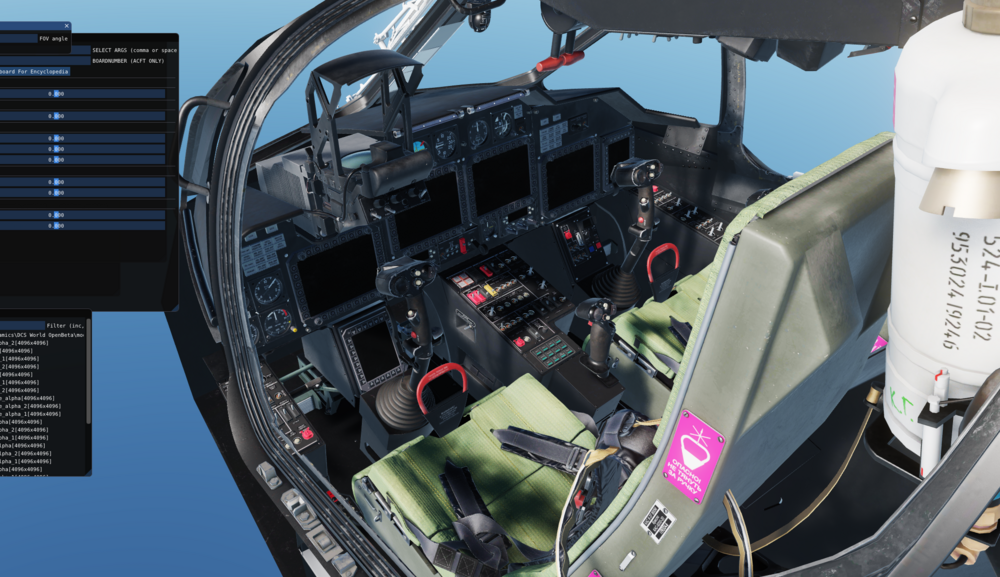Leaderboard
Popular Content
Showing content with the highest reputation on 02/28/24 in Posts
-
Part Three – Conclusion: Here I will editorialize a bit. Without seeing the lift, drag, and thrust models used inside the flight model, it’s hard to tell if the incorrect CL curve and the incorrect turn-time curve are related. Either way, they both need to be fixed. In absolute terms the maximum lift is a bit too high, but that is not the problem I’m concerned about. The virtual pilot does not ‘feel’ it. What is immersion-breaking once you notice it is a jet with a small, low-aspect ratio wing generating peak lift at 15 degrees of AoA or less. Those are straight-wing propeller plane angles. Additionally, the way CL increases at low speed reduces the normal variation of AoA with speed. Practically speaking that will degrade the responsiveness of the aircraft when the pilot tries to control airspeed correctly with AoA, especially on landing approach. I think there is a reason so many DCS players struggle to make stabilized landing approaches in the -21. Likewise the steady turn rate being slightly too high is not the main problem. The main problem is the shape of the curve. On the real MiG-21, slowing down below M0.5 decreases performance. On the simulated MiG-21 right now it does not lose any performance, and experienced players know to hold AoA in the red and slow down to stall speed for maximum turn rate. This becomes almost a complete inversion of reality when thinking of tactics and flying technique. I don’t want to beat a dead horse much longer, but it’s worth saying again that there is not even one supersonic jet known to behave this way. There are too many diagrams to show here and many of them I am probably not allowed to post. Instead I will just list the fighters that we either see in DCS or know from public data do not turn faster at minimum speed, and leave finding the charts I am looking at as an exercise to the interested reader: MiG-19 MiG-23 MiG-29 Su-27 F-4 F-5 F-8 F-14 F-15 F-16 F-18 F-20 F-100 F-104 Mirage III Mirage F1, Mirage 2000 JF-17 Draken Viggen That is a long list, but alone does not mean the MiG-21 cannot have a second turn rate peak at its stall speed. What is does mean is that this behavior is only believable if specific data backs that up. The specific data we do have does not. Lift_uua_28_clean_2.trk Fishbed_sustained_7511_r3s.trk19 points
-
Part Two – DCS: With a basic grasp of the real-world data, it is time to look at the behavior of the MiG-21bis module in DCS World. Let’s start again with coefficient of lift. This is straightforward enough to measure. Perform a decelerating turn at constant AoA, record the altitude, TAS, and G-force at a few different speeds, then calculate CL at each point. My result is not as clean as it could be, but it says all that needs to be said. I’m confident this is accurate because it matches what several other forum members have measured in the past. In very simple terms, the lift at 28 units indicated AoA is swapped with the line of maximum lift, just like the chart in the Russian language tech manual. According to all the evidence from part one, this is not correct. 28 units is not even the maximum lift in-game. There are two possible explanations: The ratio of indicated AoA units to true AoA degrees on UAA-1 in the DCS MiG-21bis simulation is not constant and increases rapidly at low speed. The parameter of lift vs mach in the DCS MiG-21bis simulation is not correct. The first possibility can be quickly eliminated because the ratio of AoA units to degrees in-game currently decreases slightly at lower Mach numbers. Here is my measurement at 28 units. Other forum members have measured this in more detail. At low speeds, this is about 13 degrees of true AoA generating CL of at least 1.15 --- an extremely steep lift curve for a wing with an aspect ratio of about 2.2. How steep is 1.15/13 exactly? There is no wind tunnel data easily available for the MiG-21, but we can sanity check this against abstract literature, or other delta wing designs. Fortunately NASA makes this easy. They reported on a scale model test in the 1970s comparing the F-5A wing with some other planforms (https://ntrs.nasa.gov/citations/19740018330). More specifically, they tested an un-cambered tailed delta wing with AR=2.1, and a swept wing with AR=2.8. While the report does not say “Fishbed” or “Phantom”, just take a look and judge for yourself what they were thinking of (in 1974 America): The real MiG will vary slightly from this proxy, but not by much. Here is the CL NASA measured for each wing: Remember what I said about drafting errors? Fortunately NASA only connected two dots incorrectly, and the legend is correct as confirmed by other pages of the report. Here is the page for the delta specifically. I have added where the DCS MiG-21 lands. It is over 60% steeper, even assuming the chart in the MiG-21 manual represents tail installed but without deflection. Notice also that the test CL at 13 degrees is 0.72, just about equal to what the manuals claim for 28 units. Coincidence? Maybe. This is only one data point, so it’s also good to sanity check with the expectations of abstract literature. Fortunately delta wings are very well studied, and at this point almost a standard teaching aid for wind tunnel tests. Using the Polhamus model for vortex lift (https://ntrs.nasa.gov/citations/19670003842), I get CL(15deg) = 0.76 for AR=2.1. That matches perfectly to the line for δh = “off” in the chart above. The lift curve of the DCS MiG-21 is simply not plausible. CL/deg of 0.09 belongs to a completely different category of wing. One might reasonably assume that an implausible lift curve slope will result in other implausible behavior. In other words, it’s now time to look at sustained turn rate. This module is quite famous in the multiplayer PvP community for sustaining its best turn rate at minimum speed, but proponents often point out that the real sustained G charts do not go down below 0.5 Mach. True enough, but really beside the point. We can look at the turn time chart and see the problem without extrapolating anything. To illustrate, I’m going to borrow data from the extremely useful compilation of automated testing by @totmacher at dcs.silver.ru. I hand-flew some tests before my two week trial ran out to sanity check that the extreme low speed performance is not an artifact of the automated testing. A .trk is included, but the precision of the automated test is simply far better than what hand flying can achieve. If more data is really needed to illustrate the problem, I know some other community members have been collecting extensive hand-flown data recently. Now here is an overlay of that automated test against the tech manual turn-time chart for standard afterburner at 1000m altitude: Turn rate at higher speeds matches OK (probably this is where it was validated in development). To see the real problem, just look at the slope of the curve at M0.5: The turn rate of the real aircraft is slowing down The simulation is not We also know that the turn rate even gets faster (turn time goes down) below that speed in the simulator, but it’s not necessary to look there when the problem is already evident. Showing data from in-game below the minimum speed of the IRL plots seems to generate a lot of controversy for some reason, so I am avoiding that.19 points
-
I finally got around to trialing the MiG-21 recently and was not surprised to find some issues with the flight performance model; they have been discussed before many times and various data has been shared. With that in mind, it was odd to hear through the Discord grapevine that Magnitude 3 does not believe there is enough evidence to show anything wrong. Maybe that was a miscommunication, or maybe the good data has been lost in years of noise on the topic. Therefore I have made an attempt to summarize the key points in one place. This will take some time to explain, because the data available in the public domain is confusing and sometimes appears contradictory. It takes careful comparison along with some calculation and context to sort out what is real. For that reason this manifesto report will be split into three parts: What real world data is available in the public domain, and what is useful. What in-game data can be easily measured, and how it compares to those real world sources. My opinions on what it means for the game (I will try to keep this last part short) Part One – the manuals: Unlike some other contemporary fighters, there do not seem to be any flight test reports or “practical aerodynamics” textbooks in the public domain for the MiG-21. Fortunately many operational manuals contain some level of useful aerodynamic information. The ones already available on the internet for the -21bis include: Soviet technical description manual Polish technical description manual Pilot’s flight manual in Serbian (for Yugoslavia), English (for Arab states), and Polish Throughout these manuals there are four key charts repeated which are relevant to a discussion of turn performance. Coefficient of Lift, Available G Sustained G Sustained turn time Unfortunately the same chart does not always agree between manuals. However by cross-examining the various documents we can rule out some obvious miss-prints, and establish which charts are useful. To enable this cross examination, it is important to realize that these four charts are really only two sets of data, with each pair of parameters related by well-known equations: Normal acceleration ‘Ny’ = (CL * Aref * .5 * ρ * v2)/(m*g) Turn Time = 2π / (sqrt(Ny2 – 1)*g/v) Let's start with CL, because is the most basic property of the four. Fortunately the different MiG-21 manuals all basically agree on this one. The relevant graph gives non-dimensional lift coefficient versus angle of attack in arbitrary units. These units are not really degrees, but some function proportional to the true angle of attack. The flight manuals do not specify exactly what that function is. Tech manual version: Pilot’s flight manual version: The hand-drawn lines are slightly different between versions, but they show the same two expected trends: Coefficient of lift is almost constant for constant AoA, until compressible flow effects become significant around M0.7 This is expected by definition of CL as a non-dimensional coefficient valid for incompressible flow. Maximum lift increases at low speed with increasing AoA of stall. For fast jets (unlike "normal" aircraft) 'stall' is often a function of loss of stability, sometimes combined with a limit of horizontal tail effectiveness. Loss of stability does not normally correspond to a fixed AoA. In other words, both of these trends are the expected behavior for a supersonic fighter with a low aspect ratio wing. To emphasize that this is the expected behavior, here is a similar plot for a similar jet (Mirage F1) with AoA on the vertical axis. Note that just as the MiG-21 manual quotes 33 units as the stall AoA, the Mirage manual quotes 17 units. On both aircraft the true stall AoA is higher than the quoted limit over most of the envelope. Now also the same plot for the MiG-23. With wings swept (45 and 72 positions) the coefficient of lift increases slightly as Mach increases for a fixed AoA. The line of maximum lift is not tied to a fixed angle, and instead increases with decreasing speed. All this is just like the MiG-21. Charts for other aircraft are obviously not directly relevant to the performance of the MiG-21, but I include them because it is important to have context for what is normal and plausible. Next it’s time to compare graphs of available G, which should all agree with the Cl figures. Unfortunately this is not quite the case. Pilot’s flight manuals show only 28 units AoA: Polish tech manual shows two unknown lines. The chart legend mentions 28 units and maximum lift, but they are unhelpfully both dashed lines, while the chart uses one solid and one dashed line. Helpfully enough the dashed lines do match the solid lines for 28 units in the pilot’s manuals seen above, which suggests that “CZmaks” was intended to be the solid line in this drawing. It would be nice if the Russian language tech manual clarified this for certain, but sadly it does not. The lines are clearly the same as the other versions, but the legend is reversed with 28 units now shown above the ‘maximum’! Something is wrong, but how to tell for sure which version is correct? The next step is to convert CL to G and see which version the CL plots match. I will use the tech manual chart mostly because it is linear which makes things easier. Red line at maximum lift CL = 1.32 – (0.4*M) Green line at 28 units is a constant CL = 0.7 Lift calculated from those CL at sea level standard conditions and 23m2 reference area overlays perfectly with the lines in the manuals, only the labels for “28 units” and “maximum” are reversed in the Russian-language print. The green line also matches the one labeled “28 units” in the pilot’s flight manuals. Considering that the CL plot agrees between all manuals, that it agrees with the plausible expectation set by other jets, and that the pilot’s flight manuals all show lift at 28 units matching the CL plots at 28 units, there is not much ambiguity left. Whoever drew this legend by hand in the 70s flipped the label of the lines by accident, just like the draftsman of the Polish manual accidentally drew different lines on the plot and the legend. Drafting errors are common in old technical documents, and context clues are the key to resolving contradiction. Keeping the possibility of mistakes and contradiction in mind, it’s time to look at sustained turn performance. All the manuals provide sustained G charts for both standard afterburner and emergency afterburner at 7500kg with 2x R13 series AAM. Pilot’s flight manuals: Tech manuals: This new discrepancy is obvious right away. The tech manual shows around 6.5G peak for standard afterburner, while the flight manual shows 6.5G peak for emergency afterburner. The other lines are all similarly offset. To get more context we can try to cross-examine against the sustained turn time plots, although they only exist in the tech manuals. Here are military (dry) thrust and standard afterburner: And emergency afterburner: For comparison I digitized the 1km line for standard afterburner, converted from turn time to turn rate, and then turn rate to sustained G force in the flight path axis using the equations mentioned above. It matches quite well. For the pilot’s manual charts, there is no turn time to overlay against, but we can compare the shape at least. To enable that I digitized the sustained G chart in the pilot’s flight manual, and converted that into turn time. There’s no point overlaying this with the tech manual because we already know the best turn time will be different. However it does show the same trend versus speed, shared with all other supersonic jets. The best sustained turn performance occurs at a relatively high Mach number, degrades gradually below that, and then more quickly at low speed. It’s unfortunate that the sustained turn graphs disagree in absolute value, but to some extent I don’t really care because the purpose of this analysis is only to establish what is plausible, not what the exact values should be. What really matters is the shape of the curve, or in other words which speed the aircraft performs best at.14 points
-
About Mig-29A by Chizh. Mig-29A based on east europe aircraft and no nuclear weapons.10 points
-
Ach ja, die BW ist auch nicht mehr das, was sie mal war. Kommt vielleicht bald wieder Schwung rein, wir werden sehn... Ich hab als Kind in den 80ern und frühe 90er jedem "Geschoss" am Himmel nachgeschaut. Und da war einiges los. Starfighters, F-4s mit ihren rußigen Spuren, Tornados und viel zu viele von den, für mich total langweiligen Alphajets. Transalls im Tiefflug waren auch beindruckend. Hin und wieder ein Teppichklopfer und ganz selten mal ne Banane. Aber man gewöhnte sich an die "üblichen Verdächtigen." Was mich jedoch komplett aus den Latschen gehaue hatte, waren 2 A-10s im break übers Dorf. Das werd ich nie vergessen. Der Sound, die Erscheinung... das war sowas von Einzigartig. Ich hab geschrien vor Glück und war Minuten danach noch voller Adrenalin und hatte Gänsehaut am ganzen Körper. Heute ist es still, sie fliegen schon lange nicht mehr bei uns. Früher war da so einiges, was über meinen Kopf donnerte. Schee wars10 points
-
To follow up with my comments to @Furiz on Discord (since not everyone may use it or monitor it religiously), I want to assure everyone that this is still underway and provide some clarity as to why it is taking so long. First off, the intent is not to simply correct the existing Early Access Guide, but to evolve it into the full DCS F-16C Flight Manual. When a module is early in development and a Quickstart Guide or an Early Access Guide is included, these are meant to ensure players can get into the module and start playing it, with the documents updated when able as the module evolves in early access. However, to fully appreciate the complexity of a modern aircraft such as the F-16, and to ensure players have access to a depth of knowledge equal to the complexity of the DCS simulation of this aircraft, a much more thorough document is required than an abbreviated guide. To that end, many elements of the F-16 Early Access Guide have been receiving new graphics and diagrams to explain the abstract concepts that many may find nebulous or confusing, which can be seen in the chapters that have already been revised or updated. As an example of such a concept, as alluded to in the discord image above, is the question of why a cursor slew in a pre-planned sub-mode such as CCRP slews all the steerpoints and offset aimpoints at the same time. It is important to not only illustrate what is truly happening when the CURSOR/ENABLE switch is used to slew the steerpoint location, but why it is happening and why such a function is even relevant in such a scenario. The intent with each update to the manual is to provide quality content and revisions. Unfortunately, it has taken longer than intended, as the F-16 manual is not the only document that has needed updates/revisions, but it is the main focus regarding manual updates at the moment. The Tactical Employment chapter will be the most important chapter to get right, since it explains the core of how the F-16 was designed to fight.10 points
-
8 points
-
Would be nice to see this looked at and it's good to see a fairly detailed and grounded look into it instead of having 1-2 relevant posts lost in a sea of unrelated complaints or complaints around other aspects of the FM (incorrect or not). It's very easy to build bad habits with things as they are and I'd be curious to see what the effect is on some other things where the numbers don't quite line up (takeoff run distances for example).6 points
-
I posted the following list in the official discord as a way to inform and guide discussion on the future of the F-15E and the features that still need to be done. Hopefully RB are aware of all. ''F-15E Unofficial Roadmap In an attempt to be constructive I suggest that we as a user base put together a list of new features and improvements that we might reasonably like to see in the module. RB's current 'roadmap' is very barebones and contains only big headline features in a very broad and generalised sense. Something more detailed is required, similar to what ED have done with Hornet, Viper, Apache etc. There was some talk of starting this yesterday, and I'll get the ball rolling. Note, this is not intended as a entitled or 'demanding' wish list, but as a collection of features still to be expected. No one is expecting a 1:1 recreation of the SE, this is a list of additions and improvements we might reasonably expect for a high fidelity module in DCS, especially when compared to it's competing modules. Note that almost all of the features below have very similar equivalents in modules such as the Hornet, Viper, Tomcat and RB's own Mirage. Nor should this become a mere minor bug list, that can be a separate thing. -HUD A/G --Enable TDC slewing of the TD diamond when IN CMD of the HUD --Add a working AG Gun reticle with AGR and LAS ranging as options. --Add the AG Reticle Range bar for AGR and LAS ranges when valid --Add the Pull-Up Cue and the F,D and M pull-up cue conditions. (Frag, Dud or MRA setting) --Add the Pattern Steering Line (PSL) command steering bar when a PSL has been designated on the AG radar. --Add the 25 mil small reticle display as an option, selectable on the HUD repeater page. --Add pilot laser fire when IN CMD of Hud. (see below) - HUD A/A --Add/improve the Gunsight GDS and FNL calculations. --Add the 'Degrees till break lock' readout above the waterline symbol when in expanded azimuth radar mode. --Add IFF cues on STT or PDT TD box when valid --Add the target locator line (This may be suite dependant?) -HUD General --Add NAVFLIR Snaplook and Look-in-to-Turn features. Logic for offsetting display in boresight is already there..... --Add HUD Caged Velocity Vector. -- Add HUD PROG page and HUD decluttering feature. -TSD --Add the range marks and distance from centreline marks --Add the RBM radar search pattern footprint --Add the AG radar cursor position --Add the HRM patch map cue (footprint) --Add the TGP IR cue (solid and broken, dot for track etc) --Add ability to take CMD and cue the HRM or TPOD position and track state from the TSD. --Enable the PP and Steerpoint 'look ahead' feature. --Add the Ground Speed and Bank angle function for curved flight path turn radius prediction. Important for TFR. --Add the PDT or STT AA target symbol. --Add ability to display 'Avoidance Areas' (essentially threat rings) as defined in Mission Editor. -LANTIRN TGT IR / TPOD --Add dynamic Point Track box (symbology) for proper point tracking. --Improve the designation logic. There should be no LOS 'jump' when designating. --Improve/correct CDES behaviour. Track State boxed, no manual slew, etc. --Enable digital laser range readout above 8.2 nm, should be up to approx 13.4nm. --Enable manual level and gain control. --Add AA modes. Simple slaved to STT or PDT would suffice for now. --Add ability for pilot to fire TPOD laser for ranging when IN CMD of HUD (and not TPOD) and TPOD slaved to TD diamond. -A/G and Nav Logic --Fix MN and INS, non GPS functions. MN and INS are still too buggy and can't be trusted. Drift rate too high etc. --Finish the AUTO HAT logic. Improve LASER AGR SYSG hierarchy and selection logic. --Add MANUAL HAT. Add HRM, PASS and RALT as ranging options with correct conditions and usage cases. (Admittedly low priority). --Add the WIND MODEL with corresponding MFD page for capture and entry. --Add MANUAL Bombing mode. Both MAN FF and MAN RET mode should be added, along with the Reticle Depression entry on the AG DEL page. Other modules have this even if only 0.69% of users practice it. --HUD ILS bars should be command steering bars and not just Localiser and Glideslope repeaters. -UFC --Add the missing Data page 2 functions: ---TOT, Time on Target function with corresponding HUD command velocity wiper. ---Fuel at next Steerpoint ---Lookahead ETE/ETA and TOT/TOA functions --Correct the logic and display of GPWS audio and add HUD GPWS pull up arrow. --Zero Point Designation feature for the truly sadistic. --Add Overfly and HUD position updating procedure. -WEAPONS --GBU-24 / Paveway 3 HUD displays and improvements. Model a correct PW3 LAR bracket display with ED's current MODE 1 (and sorta 2) flight model. Correct the TIMPACT time calculation for both AUTO and DIR. --Add Desired Ground Range DGR entry for PW3. --Improve MK20 Rockeye fuzing to have PRI and OPTION rather than TIME and HEIGHT. PRI is 1.2s and OPT 4s. --Improve BLU-107 ballistics calculation. --Smart Weapons page: ---Add the 'Un-Target' feature ---Add RPL QTY release feature ---Add EDIT FUZE once ED has completed new fuzing simulation. ---Add JSOW and WCMD burst height settings. -RADAR --Add FLOOD mode for SARH shots. --Add visual launch mode for AMRAAM --Add SBR mode for AIM-9. --Add TWS Sort mode. --Add missile flyout cue to vector stalks (dots and crosses) -TEWS/ICS --Add some basic ICS Jammer functionality. Use ED's Viper as an example of basic Noise Jamming and also Self-Protection track breaking modes. --Add Semi-Auto and Auto Chaff and Flare dispensing. --Add Mission Specific CMD dispensing function. -SOUNDS --Add updated AB sounds -FLIGHT MODEL and ENGINES --Add correct Windmill Airstart without JFS --Anything else critical here? -3D MODEL --Add NVG on pilot models --Add visible Chaff and Flare expenditure in buckets. *****(almost everything above should come before what comes below, others may disagree)***** -NEW WEAPONS --AGM-65D/H/K/G Maverick. Model correct LANTIRN auto target handoff logic and HOTAS controls, ties in well with a corrected CDES mode. (Not sure if LITENING and SNIPER have this feature) --WCMD, probably soonish. --GBU-15 and AGM-130C. Bit of a complex rabbit hole. We all want it, but needs to be done well. --GBU-28, GBU-27. Would add little to game until PW3 logic is adapted for flight path & ballistics of GBU-28 AND we get valid targets for GBU-28 in DCS world. --SDB. Someday. --SIT page and Link 16 Functions. ---Again a rabbit hole. Someone else may fill in details but: PPLI's, AWACS and Flight&Donor targets, Markpoint sharing, JDAM/IAM LARs and cues. Etc. --CTU's ---Too far away to worry about detail at the moment but JHMCS, Aim-9X, SNIPER, Digital UFC''5 points
-
5 points
-
I updated Mustang's old mod that adds increased view distance options. See the last post in this thread:5 points
-
Thanks to @Mustang for his work on this. Its mind boggling that ED still hasn't built in better control over view distance but here we are. This mod is needed now more than ever since 2.9.3 brings significant performance improvements. I removed the shader mods and updated the view distance part of the mod for compatibility with 2.9.3. The mod increases the view distance for all settings (Low, Medium, High, Ultra and Extreme). It also adds two additional view distance settings, Ultimate and Insane. I run a 4K/Track-IR setup with a 4090. I'm using Ultimate and it looks amazing and runs great. Sometimes I turn down the tree view distance slider if I need some extra FPS like in Marianas or South Atlantic maps. This mod also adds a Ultra shadows setting that enables higher resolution shadows. Disclaimer: NOT recommended VR. Install with OVGME or other mod manager into the main DCS install folder. **UPDATE - I found some glitching with mirrors on Ultimate and Insane settings and fixed it. If you downloaded earlier download it again and re-install. GFX_DCS_enhanced_visuals.zip5 points
-
We are developing MiG-29A. The prototype is one of the aircraft located in Eastern Europe. There will be no nuclear weapons.4 points
-
Interessant - ganz ähnlich wie bei mir, fast als wäre es das selbe Dorf . Das ganze von Dir genannte Zeugs ist bei uns auch geflogen. Ganz in der Nähe war auch das Jagdgeschwader 72 mit der Phantom. Selten gab es bei uns auch mal die ein oder andere F-111 und relativ häufig auch mal britische Harrier - noch die alten und haufenweise US und niederländische F-16. Ich war mal wieder - wie so oft - direkt bei meinem Elternhaus auf dem Sportplatz, stand im Tor und der Nachbarsjunge hat mir die Bälle um die Ohren geschossen, als 2 A-10 (noch mit der schönen grünen Lackierung) in einer Linkskurve über den Platz gefolgen sind. Die waren so tief, dass ich sehen konnte, dass der vordere sein Helmvisier unten und der hintere oben hatte. Da stand ich dann als 8 oder 9 Jähriger und habe wie blöd gewunken. Der vordere hat tatsächlich zurück gewunken - ich konnte das garnicht fassen. Es ist so viel interessanter Kram in den 80ern / 90ern bei uns geflogen, aber an diesen Typen werde ich mich vermutlich noch auf dem Sterbebett erinnern4 points
-
Greetings Pilots! This is an AH-64D Apache Course is a simple but effective training mission that you can use to practice and improve your craft from being a "Zero" to a "Hero" on the digital battlefield. - There is no scripts so you never have to update anything. - Aircraft are set up so you can multicrew with a buddy if you want. - All aircraft are hot start, minus range 12. - Simple & Effective kneeboards - The mission is set up in 12 different ranges, each range has its own spawn. So if you want to do range 1, select the range 1 spawn. If you don't know how to do something check the kneeboard for the range you're on. - Each range you spawn into will give you a quick brief from range control. For example if you spawn on range 7, you'll be prompt to switch to the front seat and have George hover you at an altitude of 150ft. ——— RANGES ——— 1: Navigation Basic - Work your way through 5 waypoints that are pre-loaded into your TSD. 2: Navigation Advanced - Enter the given waypoints into your TSD and fly the route. 3: Landing & Hovering - Practice your landing and hovering, also has an obstacle course 4: Hellfires - Practice using the hellfire missiles from the CPG seat 5: IHADDS Rocket Range - Practice using the rockets with your IHADDS 6: Rockets Long Range - Practice long range rocket engagements from the CPG seat 7: IHADDS Gun Range - Practice using the gun while slaved to your IHADDS. 8: Guns Long Range - Practice long range engagements with the gun from the CPG seat 9: Positive Identification Range - Practice PID against similar looking vehicles. 10: Boats: This is your deck landing qualification (DLQ) Range. 11: Barrier Shooting: Fly behind cover & concealment and engage the enemy 12: Radios: Learn how to set up radio freqs If you're still learning the basics of flying the AH-64D Apache and want to continue using this mission, I highly suggest going to range 3: Landing & Hovering and follow BradMick's "AH-64D Flight lessons" playlist on youtube. —————————————————— - Check your kneeboard! - If you want to do a different range, go back to spectators and select a new range. - If you want to redo a range, restart the mission, and go back to the range. Made by: Tom P !!IF YOU HAVE ANY ISSUES PLEASE LET ME KNOW!! Once downloaded. DCS Drive(whatever drive your DCS is on) > Saved Games > DCS > Missions. And place my mission in there. Open DCS and select mission and play it. Enjoy Apache Course v2.miz *Edit* Had to readd the mission file3 points
-
Hi, Am I right in thinking there has been changes to the flight model of the Macchi? Might be placebo, but she feels more lively, builds airspeed quicker than I remember, and generally seems more "sporty". I've started using it again to improve my flying and attack basics in prep for the Phantom, and having a blast! Thanks3 points
-
Das erinnert mich hier alles an den einen schönen Spruch aus einem der späteren James-Bond-Filme: “Hach, wie sehne ich mich nach dem Kalten Krieg zurück!” Aber im Ernst: Auch im Cockpit war alles anders. Mindestflughöhe fast überall 500 ft, in den Tiefflugbändern 250 ft, und wenn man das Pech hatte, in einer Four-ship A-Jets die Nummer 4 zu sein, kam bestimmt irgendein anderer, schnellerer NATO-Jet (fighter) daher und hat einen angesprungen … und wenn das durch war, hetzte man hinter seiner eigenen flight her, um die Time over Target noch einigermaßen halten zu können. Hach, das waren noch Zeiten!3 points
-
Difficulty is part of the point, but adding smart SAM behavior doesn't have to take away our options for setting up AI. They can still have skill levels, alarm states, triggered actions, etc. We can also control how many there will be and if intelligence is provided on locations. Ideally we should be able to go right back to static always emitting SAM's (may be useful for training missions) even after this change. The new behavior could be tweakable as well with options for SAM aggressiveness, reaction times, etc. Things will be perfectly workable as long as all AI units are brought to a similar standard. Smarter SAMs should have to deal with preemptive AI SEAD launches, jamming, and the fear of being destroying.3 points
-
I have literally explained how system works in both the real Apache and dcs in this thread as well as countless others. I’ve said the same thing more times than I can count. Keep going with the conjecture though, because it definitely resolves things and doesn’t muddy the waters or confuse people at all.3 points
-
I have closed this thread on the third parties request so the thread does not become cluttered with unnecessary information. thank you3 points
-
3 points
-
3 points
-
This is a good post and I hope you find pirate gold somewhere soon. I'm not sure about the discord scuttlebutt, I rarely believe any of that since it rarely turns out to be legit, but I'd feel the more pressing matter is just how small Mag3 is and how they're dedicated to the Corsair. The frustration there is that they've been at it for years on the Corsair. I feel that's absolutely valid. It'd be kind of fantastic to actually get this fixed sooner rather than later, especially since the MiG's been out for 10 years; this coming Sept is the anniversary.3 points
-
3 points
-
It's a trade-off really. Quad views can immensely help with GPU performance, but at high cost on the CPU. This cost is due to DCS engine rendering technique being heavy on the CPU. VRS-based solutions (OpenXR Toolkit/vrperfkit/Pimax Foveated rendering) only have the potential to moderately help on the GPU, and at no cost on the CPU. So bottom line is if you have a lot of CPU headroom, Quad views will likely be a better solution for you, especially at high resolution.3 points
-
3 points
-
Hello Everyone, Thanks for the support I appreciate it very much. It keeps me pushing to create more 3D AI mods. JakeFlys I'm working on a few OPV 3d models as we speak. The Amazonas Class Patrol Boat, the Arafura Class, and also the Holland Class Patrol Boat. I tend to work on a lot of mods at once so sometimes I forget what I'm working on lol. Honestly, I work on mods now based on how I feel. When I'm feeling pretty good I try to work on as much as I can but I don't push myself too hard. I'm working on a Rebel or Suspect container ship along with the Hamina Class Missile Boat. Both are almost finished. Below is a photo of the Suspect vessel with missiles and bombs on deck. It is a low poly mod but it suits well for DCS. I added a rebel flag to it but I may change it before release. I had to create the RBS-15 anti-ship missile launcher for the Hamina because it don't come with the model. As you can see damage model is complete. The issue with the missile launcher is it doesn't lower. The code is from a vehicle mod. There is a way around it but I don't think it will be realistic. Hello Rascals with Squiggels, I'm not sure if there are ship models of those vessels out there. Maybe you can search around for them online. Thanks, McFly29 I haven't seen any issues since the update other than ships no longer have smoke from the stacks/exhaust. All the ships are loading and responding in DCS as they should at least on my end. Thanks all I will keep you posted. I will be releasing the mods below as soon as I run them through testing. Thanks for your support. Glad to hear you resolved the issue McFly29. Thanks for the update.3 points
-
F is 15 in hex, April is the 4th month, so an F-4 launch has to be 15th April3 points
-
Such information will be included in the next version of the DCS AH-64D Early Access Guide, which is planned for inclusion in the next update to DCS itself.3 points
-
As we all know the F1 has quite a few switches with covers (master arm, AAR switch, selective jettison for example) and not everybody has buttonboxes with covered switches that would work as on the f1 so it would be cool if either covers will be automatically opened if u press the switch that it covers or more ideally a bind that combines both the cover open and switch actuation with 1 keybind.2 points
-
There seems to be inconsistencies with fuel flow which worsen as altitude and speed increases. As speed increases fuel flow starts high, dips, peaks, then declines again. There is also a disparity with the amount of lbs/nm of fuel being used in FPAS vs lbs/hr that is shown on the IFEI. The actual fuel usage appears to align with the lb/nm displayed in FPAS. This data was taken on the Syria map, 29.92 barometer, 20 degrees C, clean jet with no pylons, and 50% fuel load. Infinite fuel was used to negate any airspeed changes due to decreasing weight of the aircraft. The final mach number in each chart is the maximum speed attainable at that flight level. Y axis is lbs of fuel, X is speed in mach. IFEI lbs/hr usage is 100x times the value on the chart so an IFEI value of 142 on the chart = 14,200 lbs/hr and for FPAS a vaule of 42 = 42 lbs/nm. In most tests throttles were advanced at .4 mach and I started collected data at .5 to allow for engine spool time. The 40,000 test data starts at where the throttles were put into AB, this is due to the aircraft struggling to maintain attitude control below that airspeed at that altitude. Acceleration in full MIL at 40,000 feet was not recorded due to the aircraft needing nearly full MIL just to maintain altitude. Unfortunately, I am unable to go back to the prior version and run these tests in that environment. There are no tracks because each test was 100% just the jet flying in a straight line with me pausing every additional .02 mach to record data. I can't say I'm particularly knowledgeable of all the exact variables that go into calculating fuel flow vs speed and altitude, but something certainly seems off and there are usage shenanigans happening after the FM update. It doesn't seem logical that the lbs/nm burned should start to decline as if air resistance is falling off as the aircraft approaches the maximum speed for a given altitude, all while the IFEI fuel value keeps climbing. The transition point from where lbs/nm usage is increasing to it all of a sudden leveling and tapering down seems very suspect to me as well. FWIW, playing on Gray Flag prior to the update I would typically take off from an airbase and do CAP in an orbit up at 48,000-49,000 feet around mach 1 +/- .1 and with a loadout consisting of 3 tanks, 6x120C, and 2x9X. I would have a loiter time of 45 minutes to an hour before coming down to tank. I can't go back and check prior to the FM patch now, but I seem to recall up around those altitudes fuel consumption was something around 7 or 8 lb/nm in full AB. Now a similar loadout barely has the ability to maintain an orbit up around 43,000, is not able to reach mach 1, and fuel consumption is in the 40ish lb/nm range.2 points
-
As nearly as I can tell the red exclamation means there is an invalid or conflicting mapping. If it's a conflicting mapping then hovering over the exclamation will display more information about the conflict. In your case, the problem most likely is not a duplicate mapping but rather the entry is invalid for some reason, usually because it references a modifier that DCS can't find. Unfortunately, unlike the case of duplicate mappings, hovering on the exclamation gives no information about the problem, and since it won't display the invalid mapping there is no way to see what the problem is from within DCS itself. Here is how to fix the problem. Go into Saved Games, then your DCS folder then config\input then your module then "joystick." You should see a *.diff.lua file for the binding in question. Open that lua file in a text editor and find the entry for the problem binding where you see the exclamation. It should be somewhere in the section with header ["keyDiffs"]. I don't have the F1 module so can't find the exact string you pointed out, but here is an example from one of my modules: ["d10077pnilunilcdnilvd0vpnilvunil"] = { ["added"] = { [1] = { ["key"] = "JOY_BTN15", ["reformers"] = { [1] = "MOD", }, }, }, ["name"] = "Radar Range Switch - SHORT", }, Note that even though no keybinding is being displayed within DCS, there should be such a keybinding in the file. The name of key binding comes at the end of the entry. Note the [1]="MOD" entry. That indicates that this keybinding uses a modifier named "MOD." This is the modifier definition you need to recreate. Until you do that, DCS will not display the existing binding that is causing the problem. Once you know the name of the missing modifier you can recreate it. Go into the controls page for your module and click on the link at the bottom to add a modifier. Now define a new modifier and make sure it has exactly the name of the missing modifier. The invalid entries should now be valid and should reappear. If you use the same modifiers in other modules you can copy the modifiers.lua file from one module to the others in order to fix the problems in those modules without having to recreate the modifiers again for each one separately.2 points
-
2 points
-
Hello Sir...the problem seems to be fixed Thank you for your engagement. Best regards...2 points
-
Да, но если не считать гардению то это больше "апгрейд качества жизни". Чистый, классический 9-12 все равно нужен. 13 по оружию ничего не добавляет. ЗЫ - я бы купил и 21ф-13, и 23М. И F-16A. Не все упирается в макимальные возможности.2 points
-
A frigging minute???? I'm not the average DCS user - I spend a lot of time designing missions. If you force me to watch a one-minute animation each time that I want to test some mission aspect, you'll soon find me up a tower, brandishing a large-caliber rifle, giggling hysterically... If it's optional, fine with me.2 points
-
After installing the mod, just select your options in the dcs settings menu under visibility range. There are two new ones called Ultimate and Insane but I increased visibility range for all of the other visibility settings so you can find what works best on your system. There's also a new shadow option "Ultra" under shadow options.2 points
-
Hi again. After a review of the procedures regarding this particular item, we are going to need some time to refine this particular system. So we ask you to be patient, for now the Datalink will work following the procedure stated on the changelog. In a future update this will be refined further. Thank you for your collaboration.2 points
-
@MYSE1234 yes, there really seems to be something wrong with the lateral scaling or FOV of the new HUD, not only in VR , but in 2D also. Take a look at this HUD picture from a real Viggen: (taken from this youtube video at 3:25. nullnullnull null It easily shows the four 5 degree +-pitch value numbers at the upper&lower left/right corner all simulateanously in its field of view. There is even a little more viewing room on the left where "17" course value moves into view. In DCS now after the big update , depending on viewpoint , you are lucky to get two (if any at all) of the 5 degree pitch marker values into view and then only on one side, usually none of them are within field of view: Also in level flight, only the upper 5degree plus numbers are barely in view , while the lower ones are completely cut off: So the HUD field of view seems to be too narrow in DCS or stretched laterally. These screens where taken in 2D, latest DCS version. Kind Regards Snappy2 points
-
The FM enforces stricter limits for Navy Hornets than for land-based Hornets (Swiss, Kuwaiti, Finnish, Australian). Land-based Hornets can also use different software that can increase the G-limit from 7.5G to 9G. Because of the added stress on airframes for Naval Hornets, stricter operating limits mean you can use them longer than the intended 6000 flight hours. The paddle switch is there for emergency/Oh crap use, say to prevent 'controlled flight into terrain' for example. Online airquakers also use it for dogfighting. But if a RL paddle switch was pulled in a Navy Hornet, as far as I understand RL procedures would demand rigorous maintenance to check for damage - possibly even scrapping the jet. At the very least it would ground the jet for quite a while. Thus it is frowned upon among most DCS players as well.2 points
-
ed should have a guideline for canopy glass graphics. starting with, no effect should hinder total visibility under any condition. i've waited so long for new spitfire cockpit, and the old blinding sunlight reflection has carried over to new cockpit. i don't know, if you're planning to solve these problems with vulkan raytracing. but there is definitly a problem with testing. i would have rejected the new canopy. the effects should be subtle, not in your face.2 points
-
Hi, New release version 1.2.6 https://github.com/sedenion/OpenModMan/releases/tag/1.2.6 Change logs: Fixed network repositories package thumbnail does not properly display Fixed repository global download path do not properly handle full URL2 points
-
Its many moons ago since I Flew the bracket IRL (and then on a land based A model) however its new behavior is much better and a lot closer to how I remember it to be. The intent is to trim straight to On speed AOA then leave the trim alone. With smooth coordinated power and pitch input you can easily remain on speed with the VV on the required aimpoint. After Lot 20 entry date a software update was incorporated across the F18 fleet that actually displayed your exact "trimmed AOA" in the HUD. This to make it easier for the pilot to rapidly and precisly trim to On speed AOA. This occurred with LG down Flaps full and you trimming. So basically you just trimmed until you saw 8.3 and thats it you are exactly trimmed to On speed AOA.As soon as you stop trimming the digits disappear. We don't have this luxury in game but a little mod in the Flt controls indicator.LUA can achieve the exact same thing .. a direct trim ref to On Speed AOA. This is a little variation of Rackman's " F/A_18C controls Indicator scales for trimming". The mod simply puts a reference mark on the in game Flight controls display that indicates 8.3 degrees AOA. So just trim till the white + is abeam the reference marks and thats it trimmed precisely to on Speed.... no guesswork required. It passes the IC . Just needs to be copied in after every update. Link: https: https://www.digitalcombatsimulator.com/en/files/3336053/2 points
-
2 points
-
As Schmidtfire said, Viggen radar screen looked better at the beginning, the first version was the best, it even casted light onto things. Now it looks like a 2D sticker, and does not integrate with the cockpit at all.2 points
-
2 points
-
2 points
-
2 points
-
2 points
-
Recently Browsing 0 members
- No registered users viewing this page.



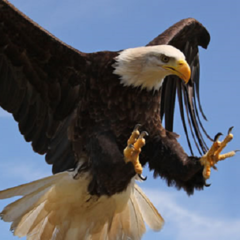
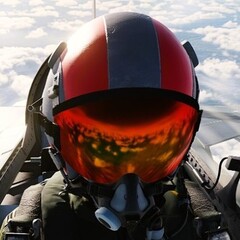
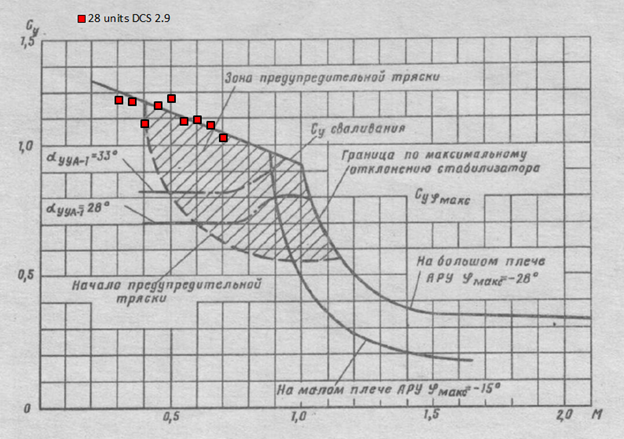
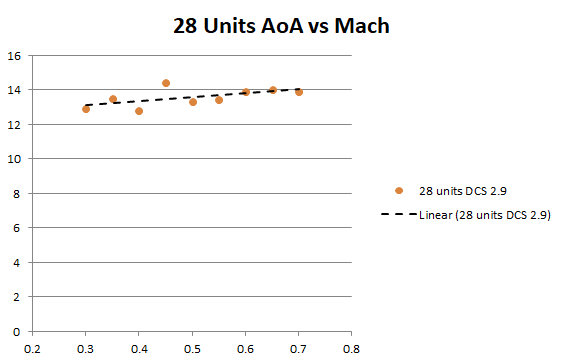

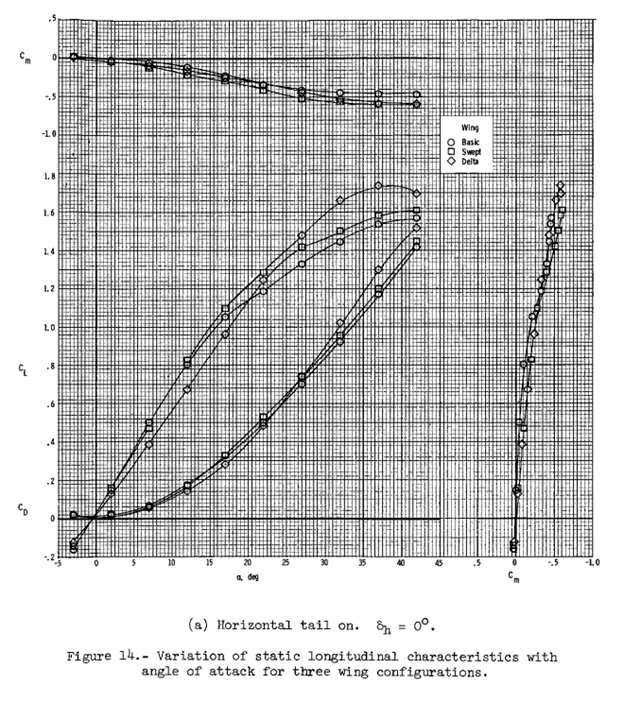
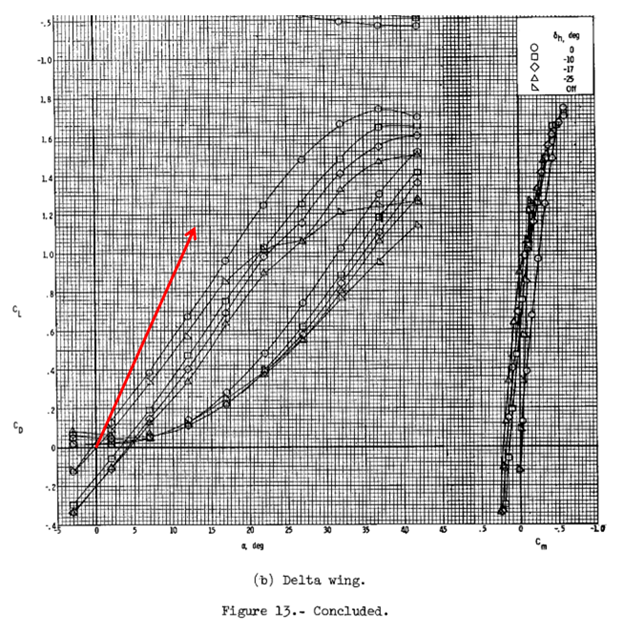
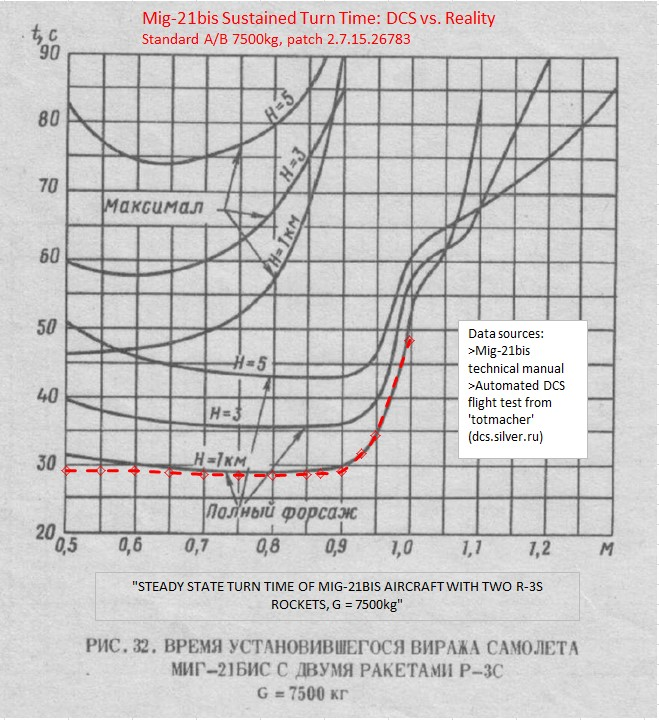

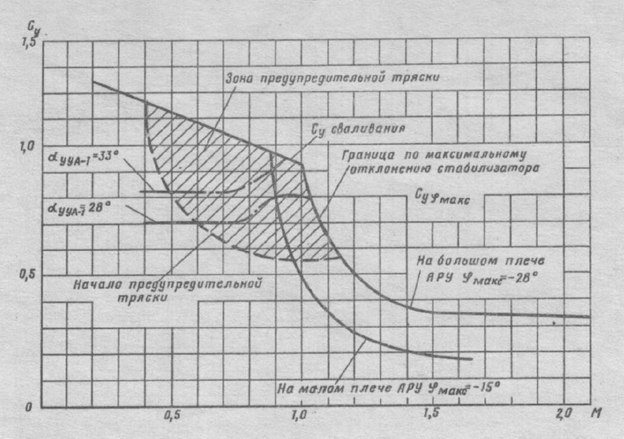
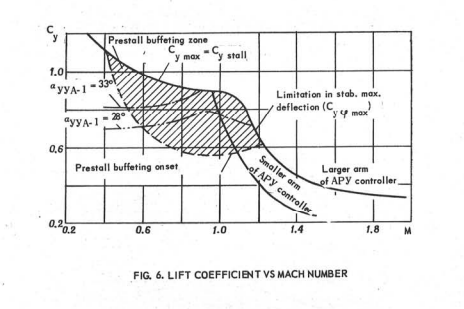
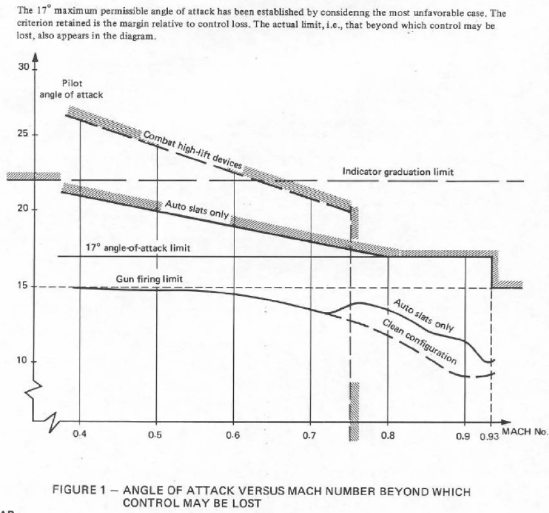
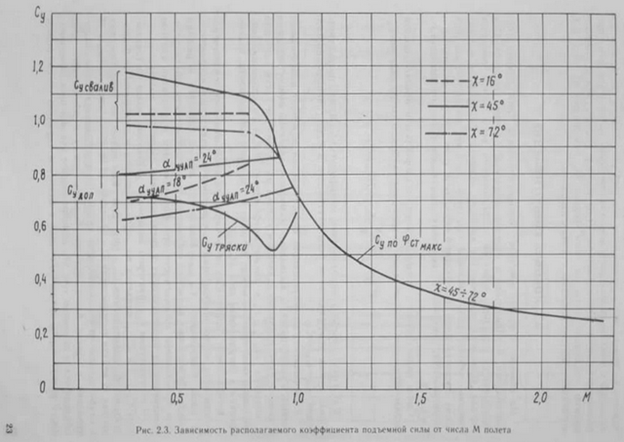

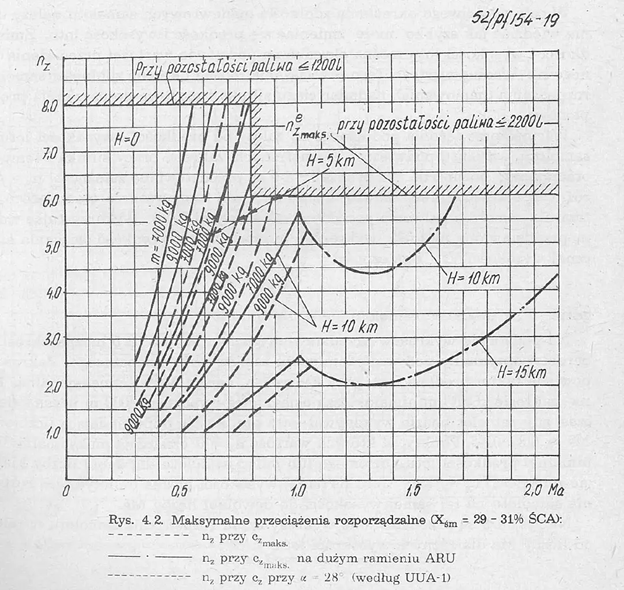

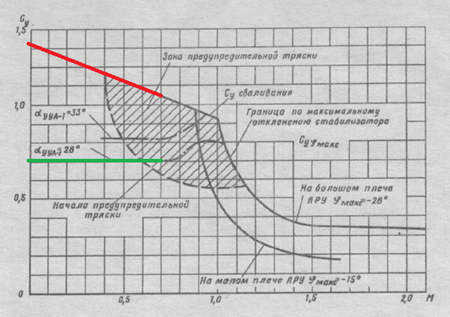

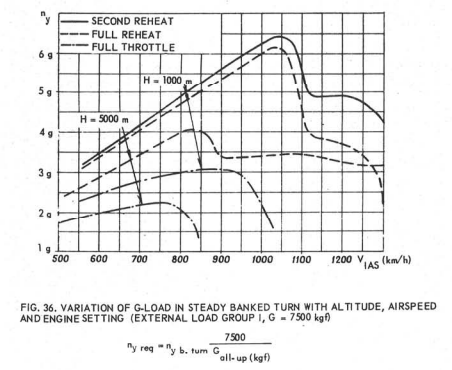
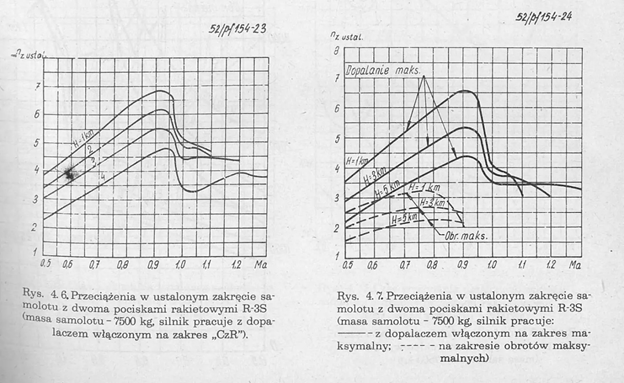
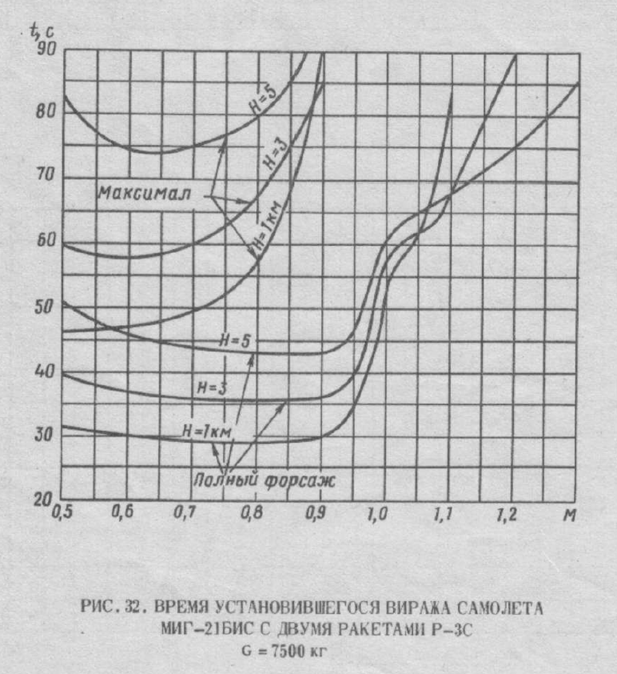
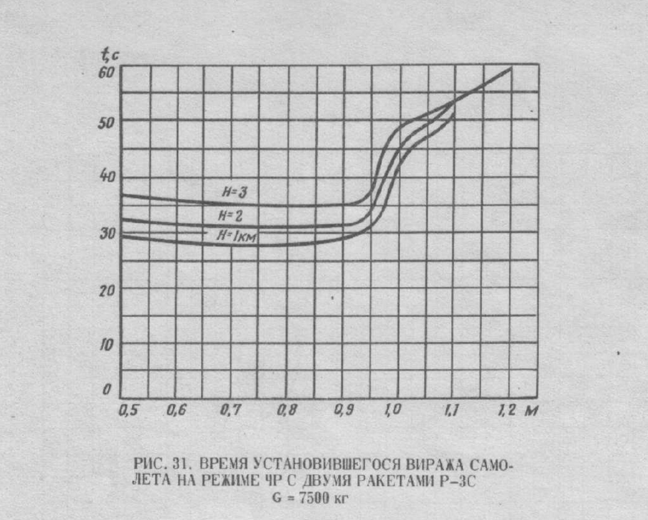
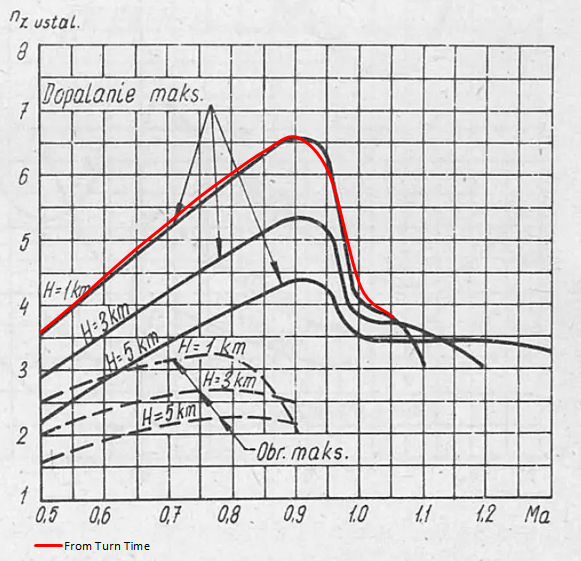
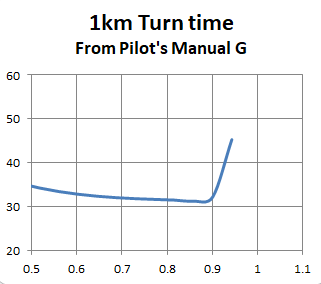
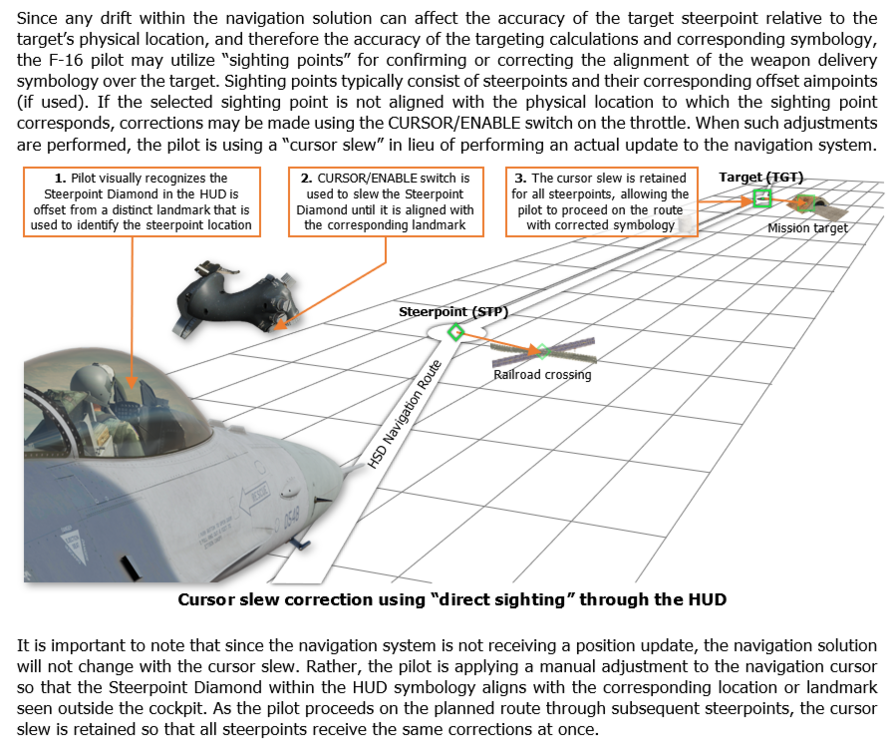

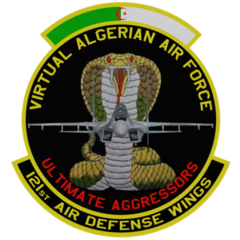
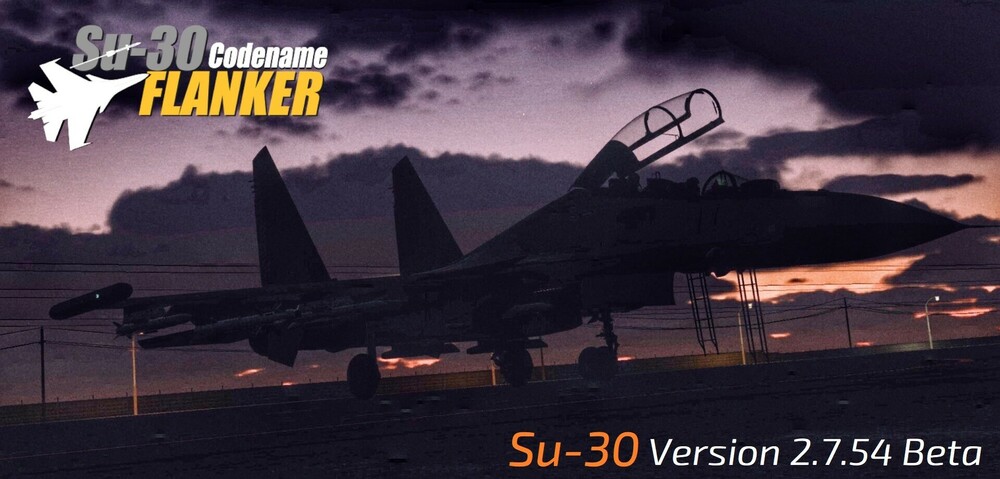

.thumb.jpg.87e2c3a17db21e54e093d1322f3b268f.jpg)

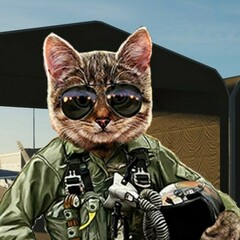
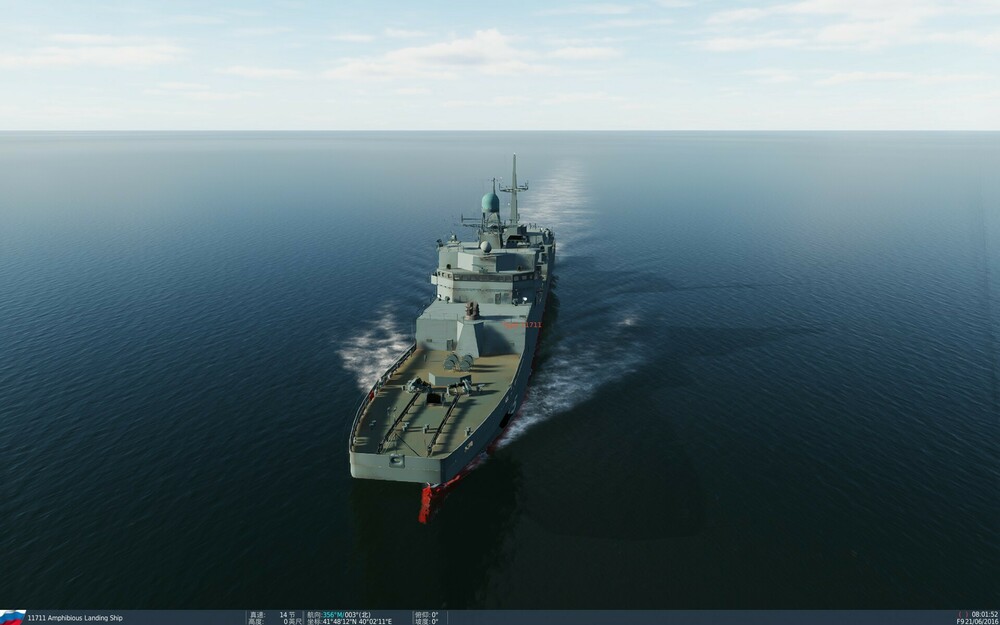


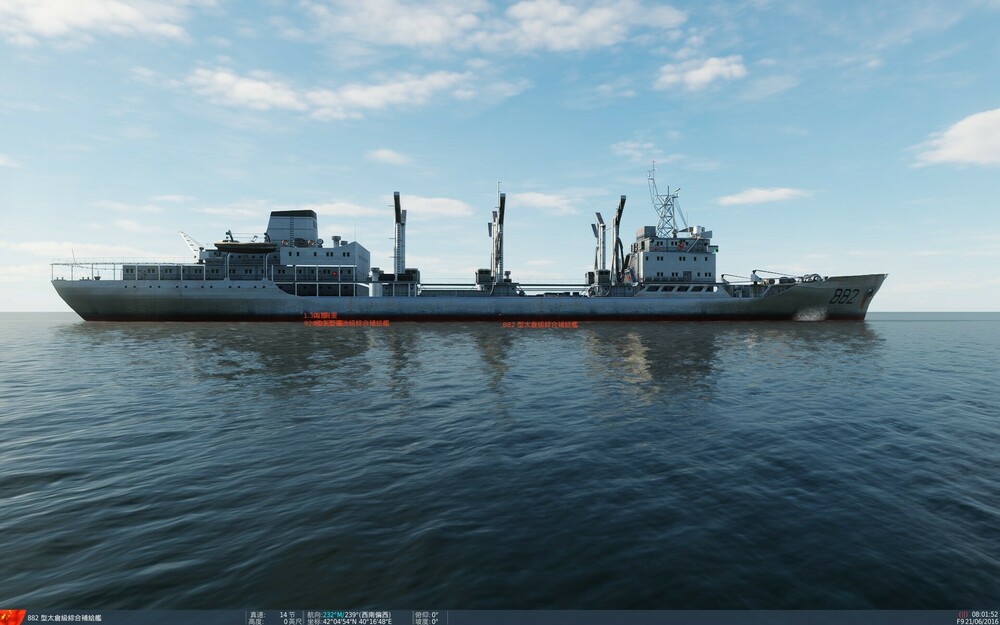
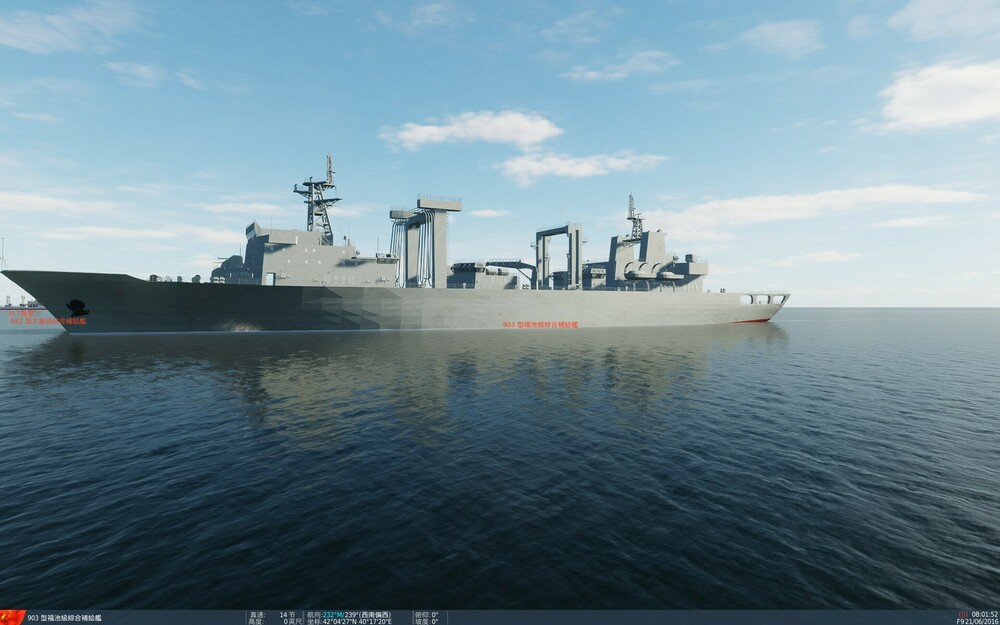
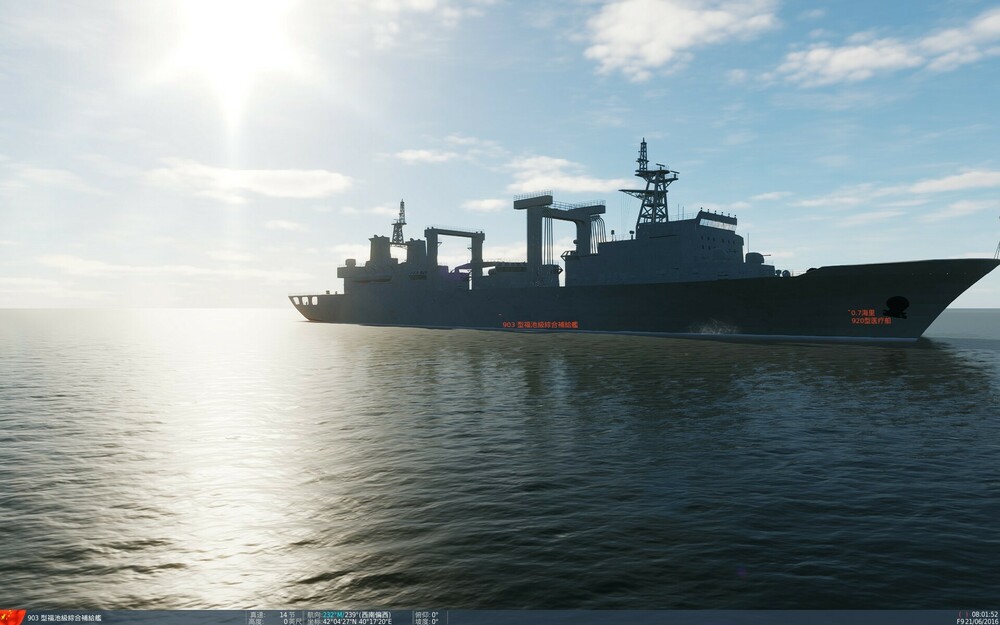

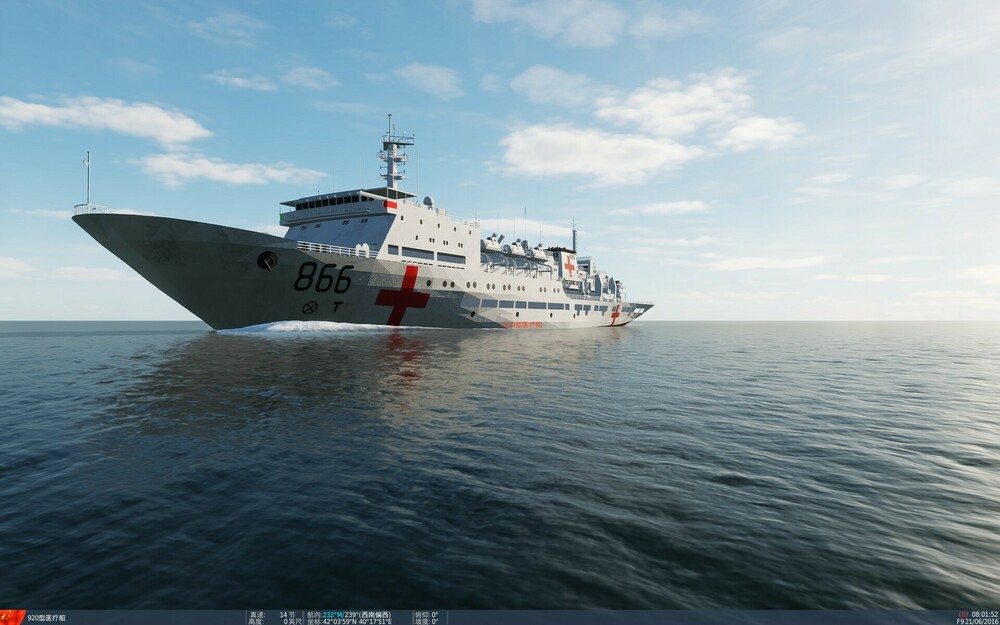

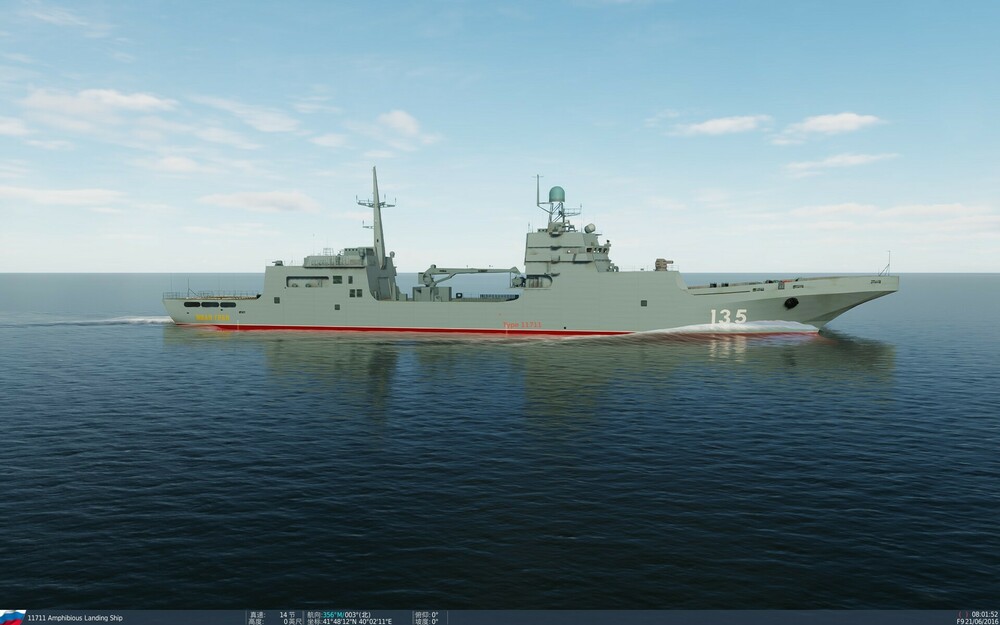

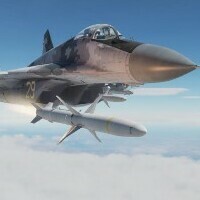
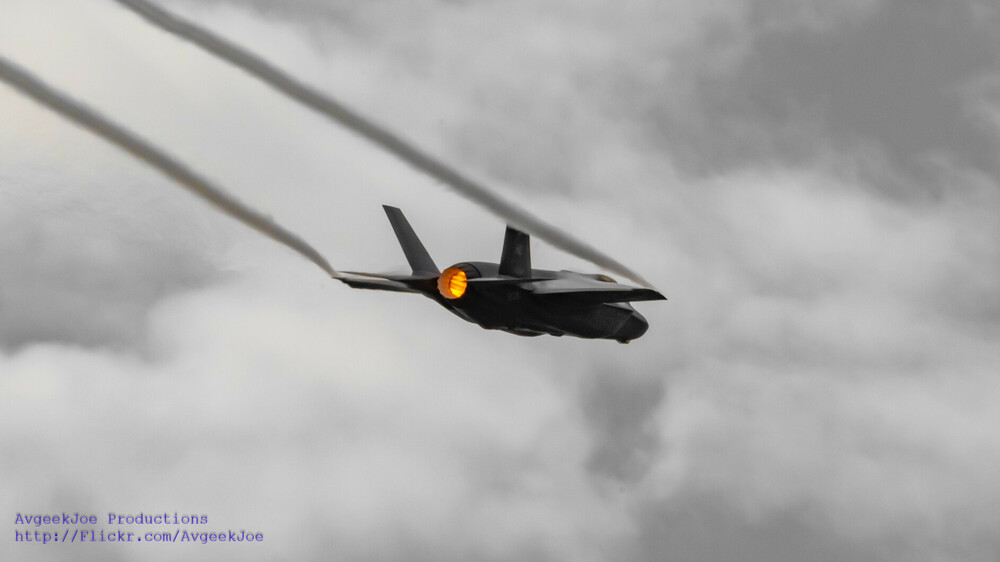

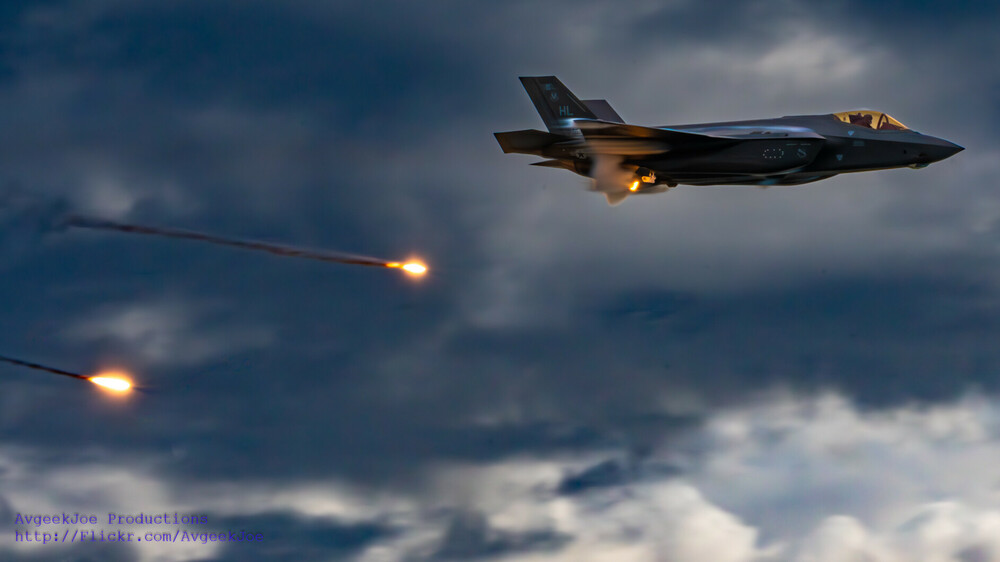
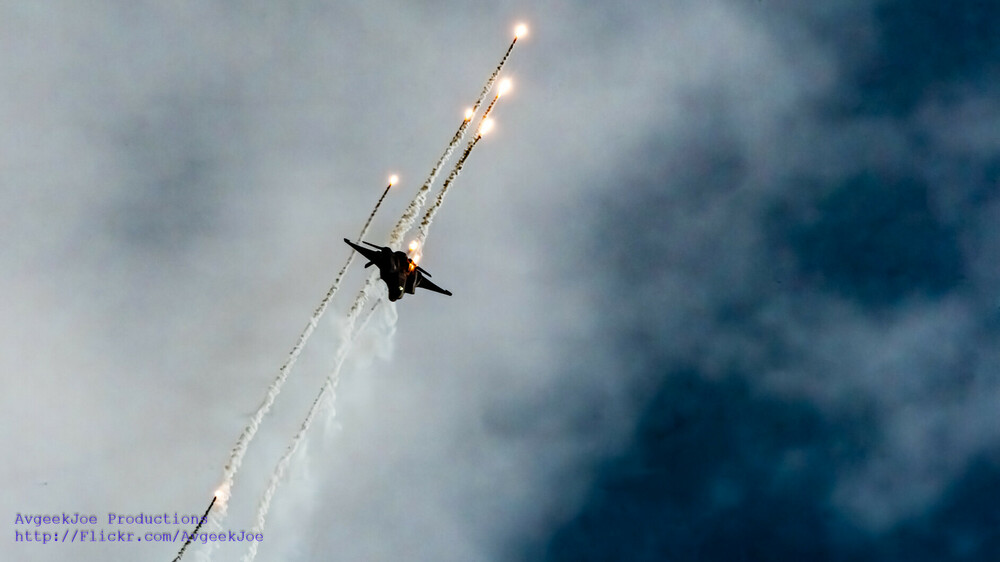
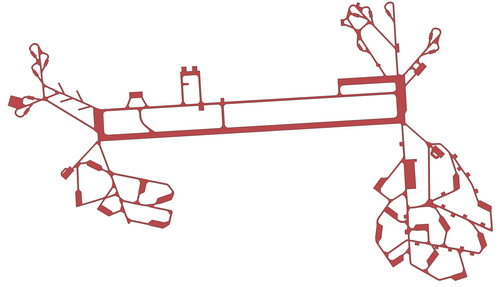

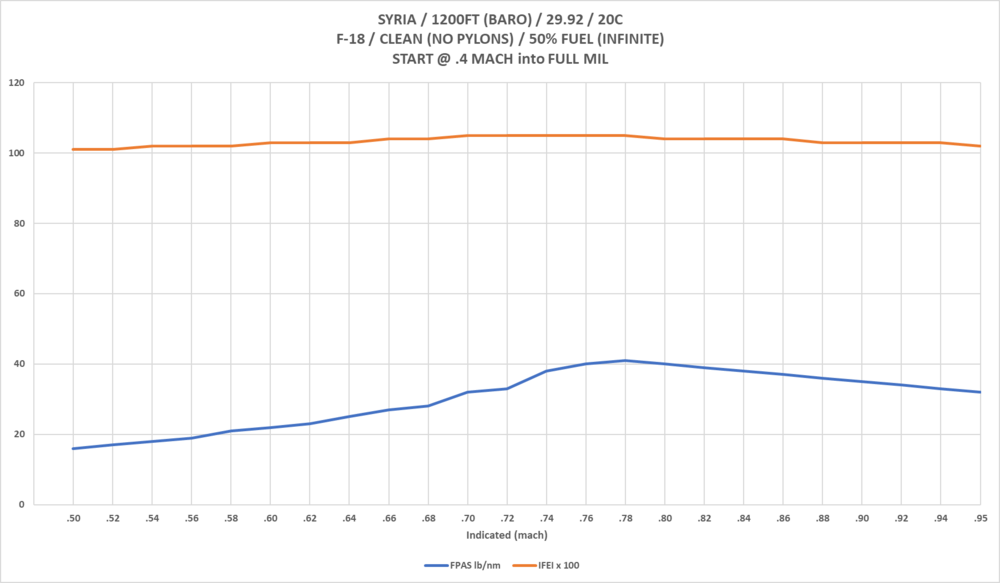
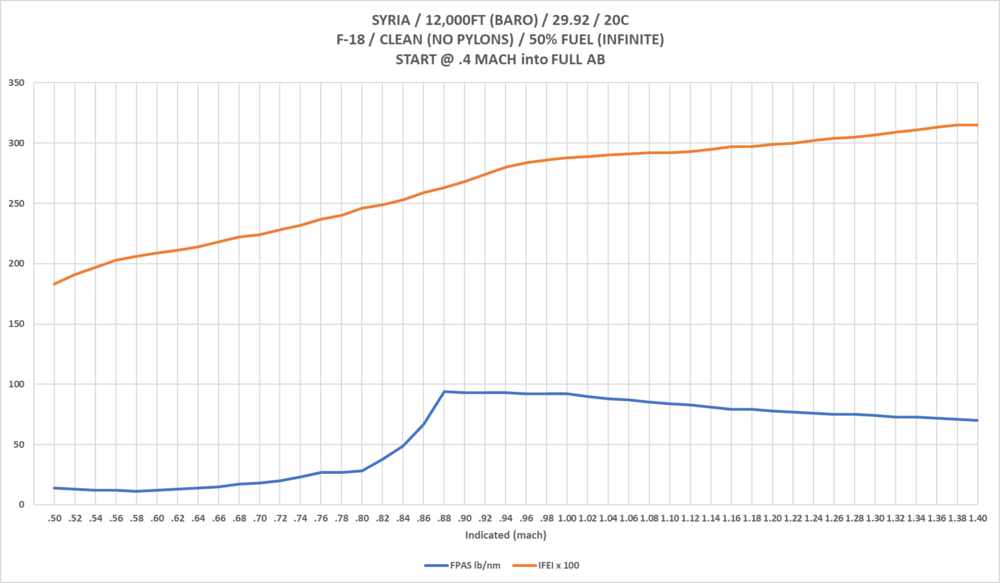
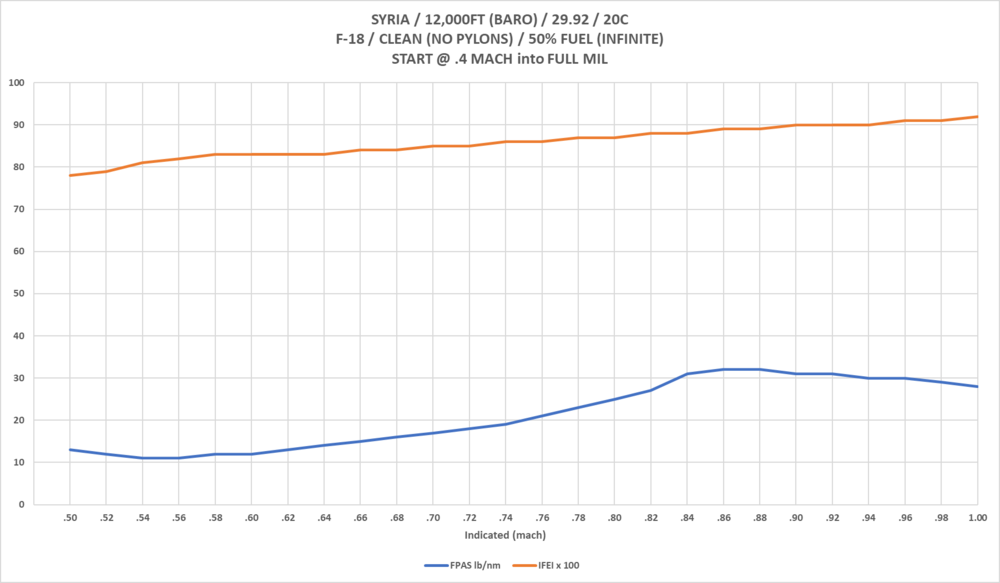
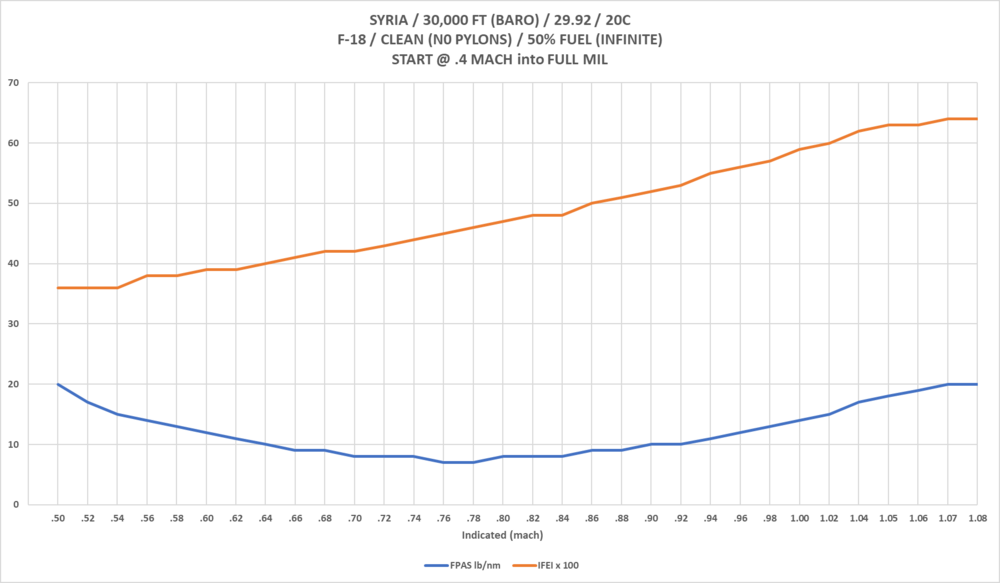
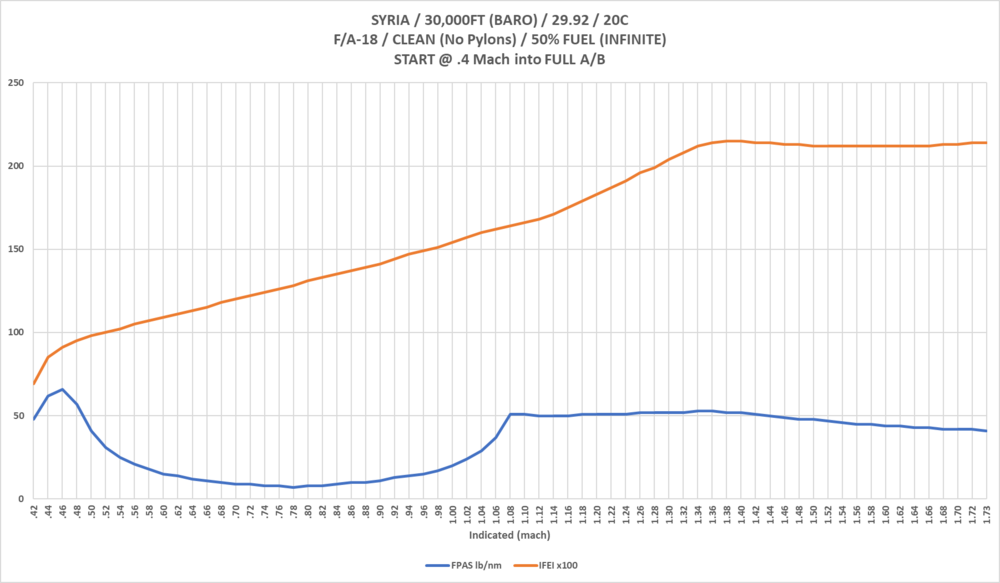
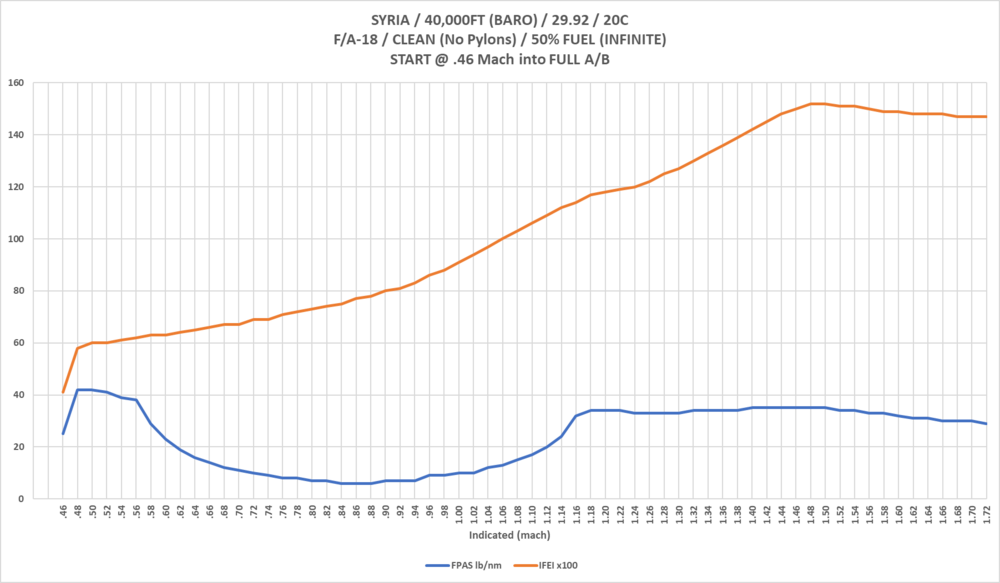



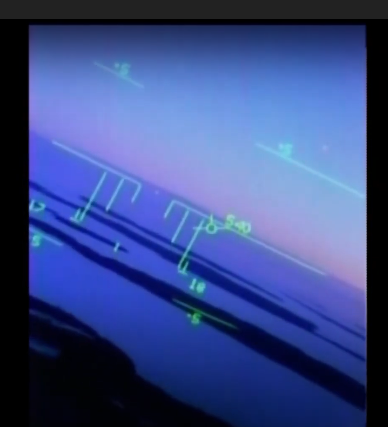
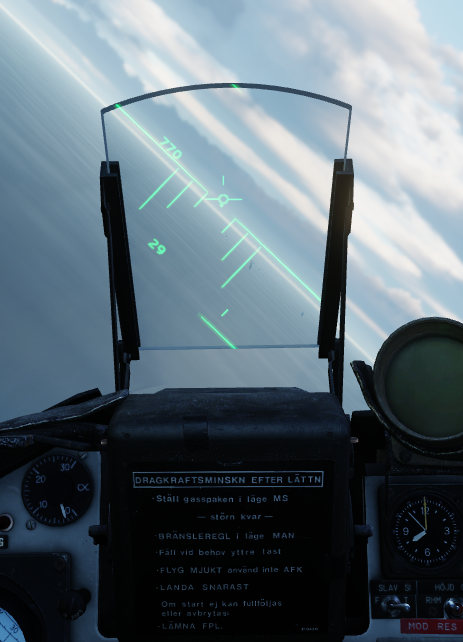
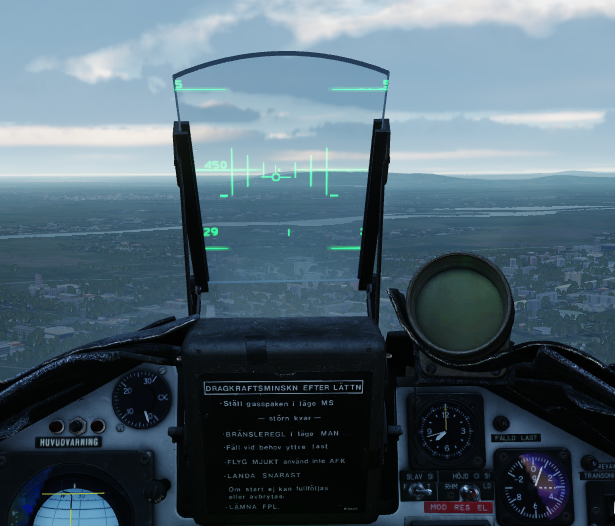

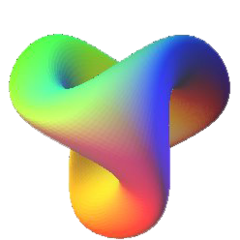
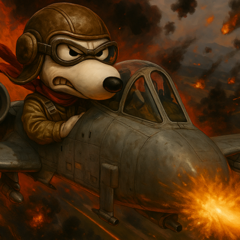
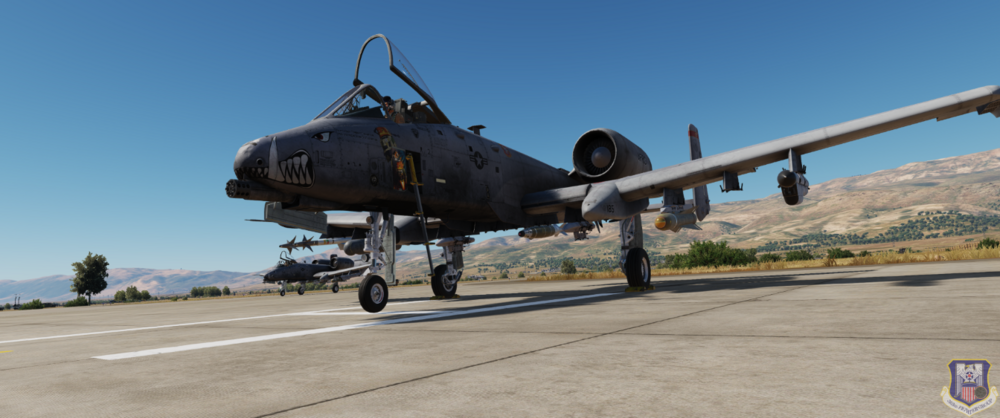
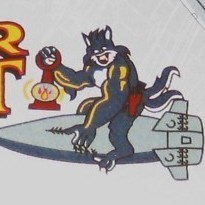
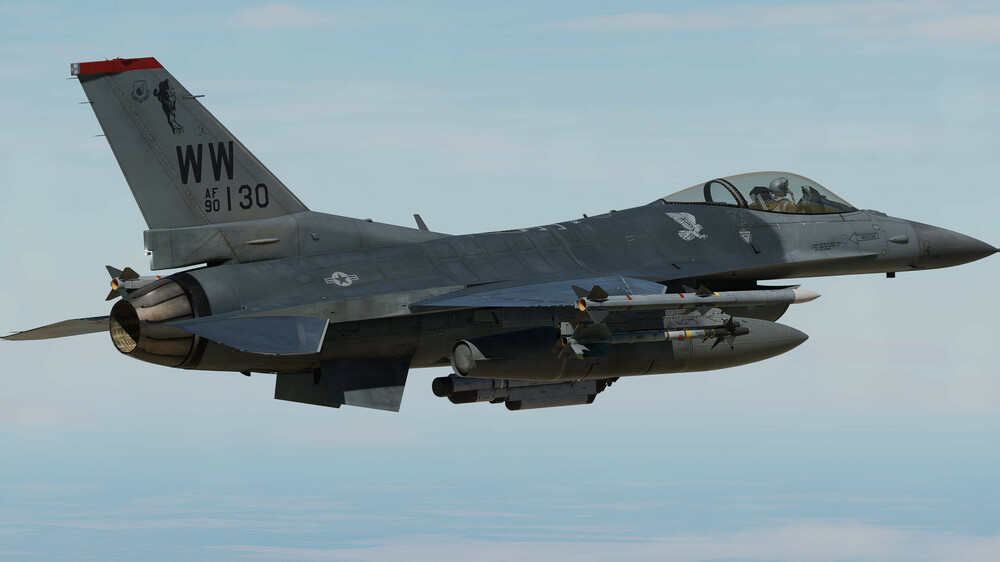
.thumb.png.f8fb7ccc6a1db75b16a7933bdf6833e7.png)
